For as long as humans have been preserving their food, fermentation has offered a valuable way to extend a food’s palatability, shelf life and nutritional value. Fermentation has been part of traditional diets and ancient medicine for over 3000 years– including in Traditional Chinese Medicine (TCM), Ayurvedic and Shamanic cultures– and offers many therapeutic benefits.
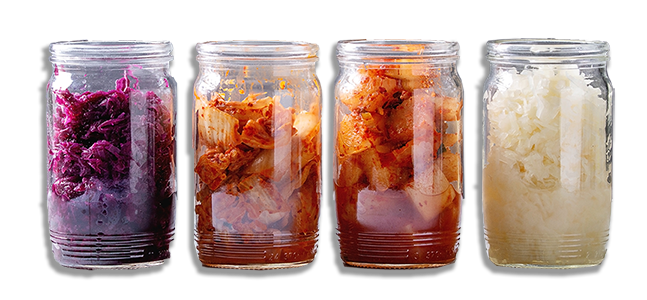
FERMENTED FOODS AROUND THE WORLD

Around the world cultures have prized the traditional art of fermentation, not just for its practical benefits to preserving food, but because of its value to fertility, vitality, and longevity. In West Africa, tribes in Benin gave fermented baobab (mutchayan) to their warriors to bestow protection. During the Inca empire, in Latin America, a fermented maize drink called ‘chicha’ was historically reserved for sacred rituals and important ceremonies. Now that fermentation is a science as well as an art, we know why these foods were considered so special: through its powerful enzymes and microbial action, fermentation can not only boost the nutrient density of foods, but produce powerful compounds that benefit human health.
Why should we consume fermented foods?
Fermented foods are an unrivalled source of nutrition like no other. During fermentation the nutrient levels are increased substantially and pre-digested into a highly bioavailable form. Many new nutrients are created along with a rich array of digestive and metabolic enzymes. Fermentation can also neutralise some of the anti-nutrient or allergenic components in plant foods and make them easier to digest. Most importantly, fermented foods are natural prebiotics and probiotics, providing a wide diversity of microorganisms, whilst nourishing your digestive microbiome.
Therapeutic value of fermentation
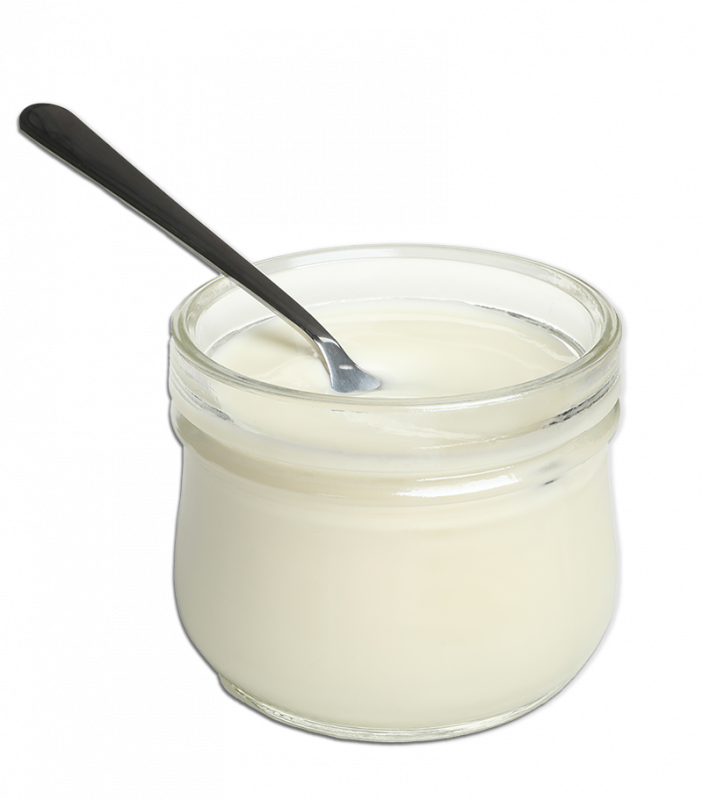
SIMPLE FERMENTATION
Although there are many different recipes for cultured milk around the world, from yoghurt in the Middle East to ‘smetana’ or soured cream in Russia, these are mainly simple, short fermentations made with a starter culture. It is physically impossible to extend a simple yoghurt fermentation for much longer than a few hours, as it can curdle and separate. As a result, yoghurt only produces a handful of different microbial strains, mainly from the Lactobacillus family.
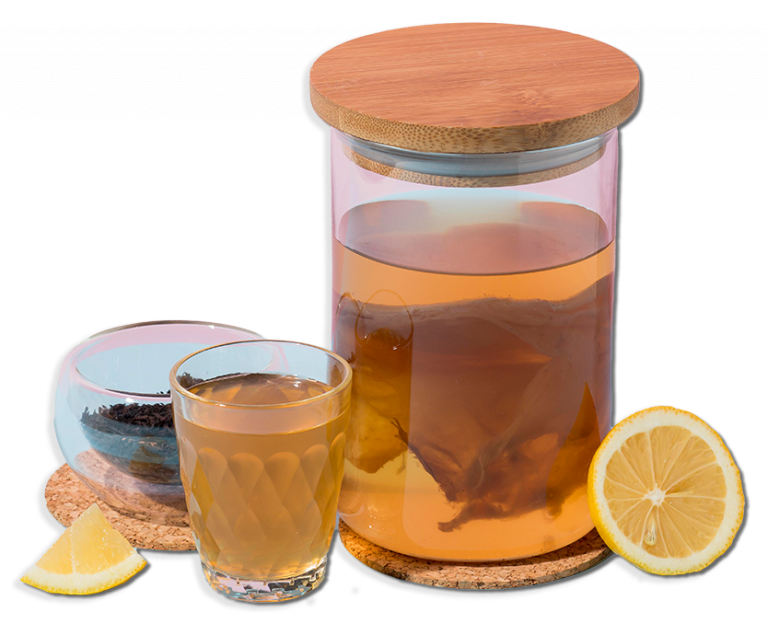
KOMBUCHA - THE TRADITIONAL ELIXIR
Kombucha is a sour-sweet, carbonated drink made from fermented black or green tea. Originally from China, kombucha has been a traditional recipe for around 2000 years, and in recent years it has become popular in the West. Kombucha is made from a basic set of ingredients, including yeast, sugar, and tea, which synthesise to form bacteria, acids, and a small amount of alcohol. This forms a ‘scoby’–or symbiotic colony of bacteria and yeasts – from which more kombucha can be made.
In a sparkling glass of kombucha you can expect to find:
✅ Beneficial bacteria (‘probiotics’) and yeasts (such as Saccharomyces)
✅ Acids which support the survival of friendly bifidobacteria in the gut
✅ A range of B vitamins and increased levels of essential minerals
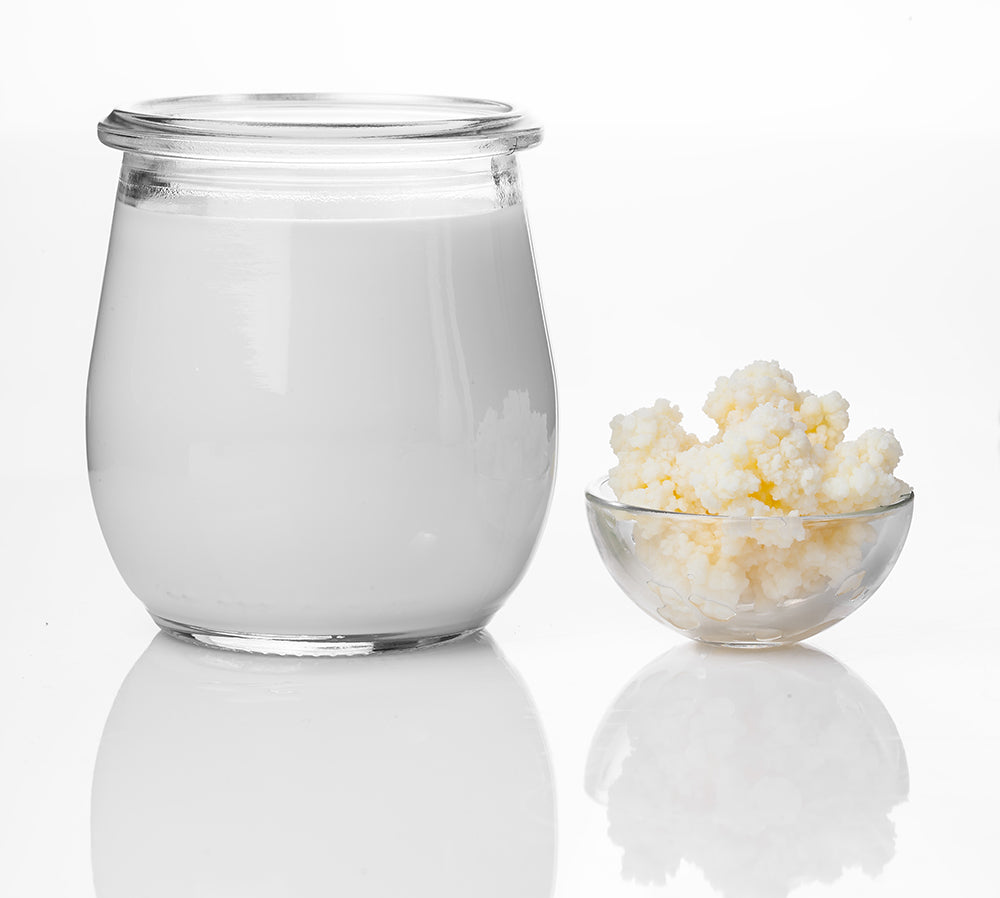
AMAZING KEFIR
Kefir is a lacto-fermented drink made by introducing ‘grains’—or symbiotic colonies of bacteria and yeast—to milk. These grains break down the sugars (lactose) to create a live food prized for its health-giving effects.
Drinking kefir provides:
✅ a rich source of beneficial bacteria (particularly Bifidobacterium and Lactobacillus species), yeasts (such as Saccharomyces cerevisiae)
✅ peptides and polysaccharides such as beta-glucans with biologically active effects such as anti-inflammatory and antioxidant activity
✅ antimicrobial and immune-modulating activity
✅ positive benefits to cholesterol and inflammation
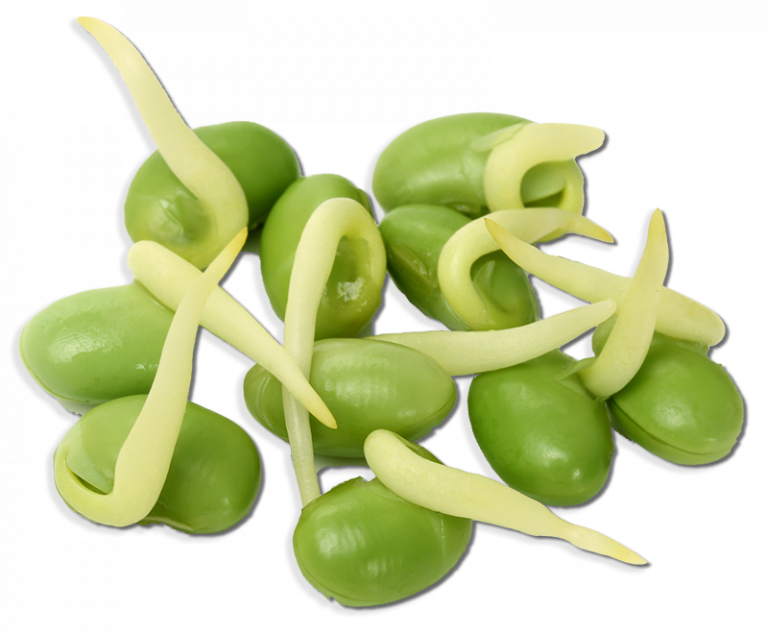
WHY DO WE USE FERMENTED SOY IN YOUR FLORA SYMBIOTICS?
Sprouted soy beans contain a unique balance of amino acids, polyphenols, and other nutrients, which—when fermented—produce compounds to support digestive processes, tissue healing and create the optimal environment for a healthy gut microbiome.
Fermented soy has been proven in studies to be the best source of nutrition for supporting the gut ecosystem.
‘Intake of fermented soy milk significantly improved the ecosystem of the intestinal tract in the body.’ (World Journal of Gastroenterology, 2005)
Fermentation also removes some of the anti-nutrient compounds in soy, such as phytic acid, and changes potential allergens into peptides and amino acids, making this a more digestible and safer option for people with soy intolerance.
Did you know?
Asian cultures consuming fermented soy, including miso, tempeh and natto—such as the Okinawans in Japan, have the healthiest and most diverse gut flora in the world.
